Telegram — not the app 🙂 , the yesteryear’s service that was used in India
A Telegram is a very short and to the point message sent by telegraph from one place to another and then usually delivered to the receiver in written form.
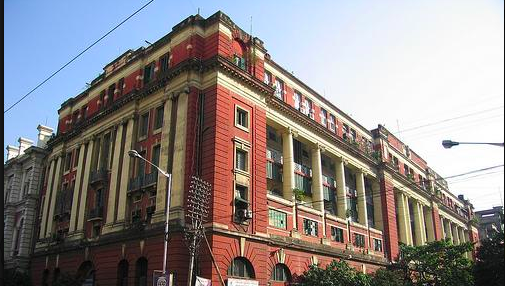
Well, in this age of smartphones, social media and emails, telegrams may not be fastest and most favored means of sending messages (true only for some countries), still hundreds and thousands of telegrams are booked and delivered by the telegraph office in the rural and remote areas of many developing and even developed countries. For instance, Japan, U.S , Canada, Germany are some of the countries that still use it. India last used the telegraph service officially on July 14,2013.
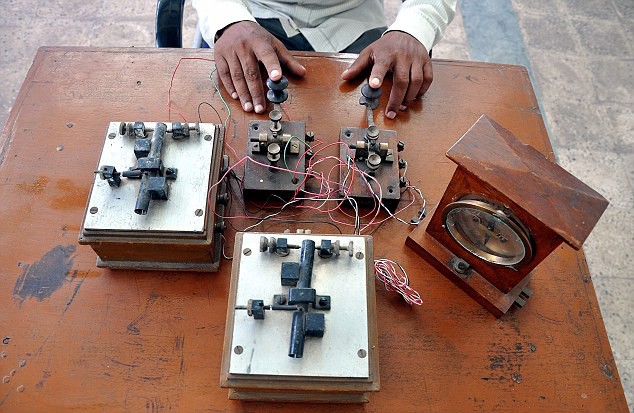
Excerpt from an India Times article gives us the following facts:
“Telegraph services in India date back to 1850. The first telegraph line, though only experimental was established between Calcutta and Diamond Harbour.
The British East India Company started using the telegraph in 1851 and till 1854 telegraph lines were laid across the country. In 1854, the telegraph service was opened to the public and the first telegram was sent from Mumbai to Pune on this very day in 1854.
Telegraph service thrived in India even after Alexander Graham Bell patented the telephone in 1876. Since 1850 till 1902, the telegrams were sent through cable lines, but in 1902, the Indian system went wireless.
The 1980s were the golden years of the service in India: more than 100,000 telegrams were sent and received per day — in just the Delhi main office. In the 1990s, the state telecommunications company, BSNL took the country telegraph system from Indian Postal Service. But the telephony revolution in the late 1990s and early 2000 further marred the telegraph service and it became a high loss incurring facility.
In 2011, BSNL hiked to the price of telegram after a period of 60 years. From three or four rupees (U.S. $0.05 to $0.07) for 50 words, the price of Taar shot up to 27 rupees (US$ 0.47) for 50 words. By 2011, a number of losses were such that the service generated about Rs 75 lakh annually, compared with the cost of over Rs 100 crore to run and manage it. Therefore, the government decided to draw curtains on the service for good in 2013 and July 15 was the last day of this iconic communication service which served the people of India for over 160 years. In last week of the service, thousands of telegram booking were made by people to make their goodbye to this service memorable.”
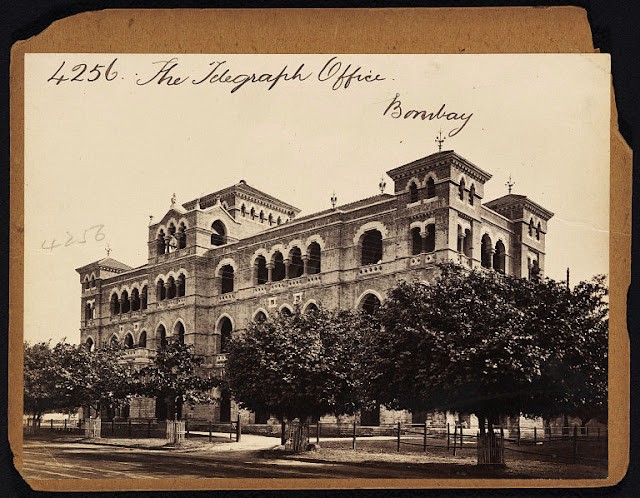
In those days, most of these telegrams carry very urgent messages like the birth of a baby, interview call or selection for a job, serious illness or death of a relative/native, booking instructions or details, cancellation, confirmation or supply of orders, greetings and news dispatches etc to name a few of them.
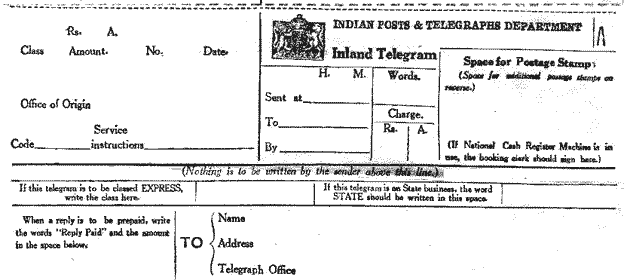
A telegraphic message is fast but expensive because every word in the message was charged in India like how it was in other countries. Therefore very brief and precise messages were written sacrificing the niceties of grammar :-). Another reason for telegraphic messages to be brief and to the point is that at any given time thousands and thousands of telegrams were required to be sent urgently. So, brevity was key to save on time and to accommodate more and more telegrams.
A telegraphic message was written on a specifically designed forms which has three distinct parts:-
- Address of the Addressee;
- Message and Sender’s name, and
- Details of the Sender’s name (Signature and Address).
There is a special column for official use to note down booking details like the type of the telegram. Booking time and date office of origin, charges and service instructions etc
In the space where Addressee’s name and address are written, there are columns for telegraph office and telephone number of the addressee.
Important Points to keep in mind while writing telegram were :-
- Always write the telegram in capital letters.
- To make a telegram short and terse words like Nouns, Verbs, Adjectives and Adverbs are included in the message and grammatical words like Articles, Prepositions etc are omitted as they do not carry meaning in themselves. However, if the clarity of the message necessitates it, any type of word can be included.
- Figures and numerals, particularly while writing date, time and sums of money are preferably written in words to avoid any typographical mistakes.
- The address must be complete. There are certain concessions in the counting of the number of words in the address: all the words written as the destination of the telegram i.e. the place which it has to reach will be treated as one word; so you do not gain anything by cutting down the number of words in the address.
- No punctuation marks are used. A full stop is indicated by any of the following (.), AAA or STOP. These are counted as words for evaluating the charges. The word STOP is used in preference to the other two options.
- If the date is mentioned, the day of the week need not be mentioned.
- In reducing the length of a message, you should not take it vague or ambiguous.
- Stick to the prescribed standard word limit (i.e. 25 words inclusive of the message, receiver’s name and address, sender’s name and the word STOP)
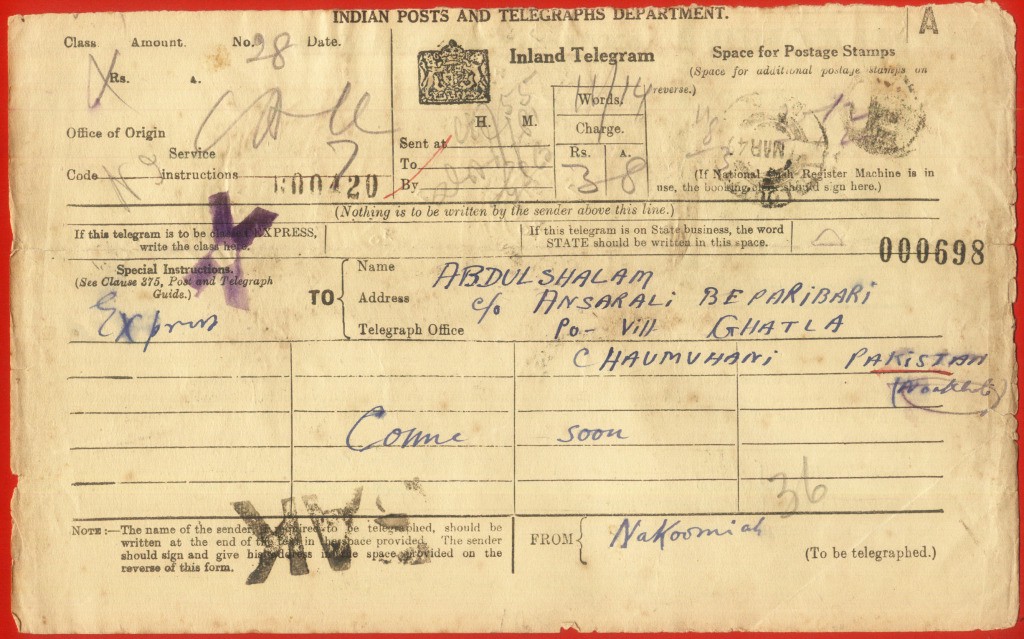
Facts about Indian Telegraphic Act , 1885:
- The Indian Telegraph Act, passed in 1885, was intended to give the Central Government power to establish telegraphers the use of wired and wireless telegraphy, telephones, teletype, radio communications and digital data communications.
- It gives the Government of India exclusive jurisdiction and privileges for establishing, maintaining, operating, licensing and oversight of all forms of wired and wireless communications within Indian territory.
- It also authorizes government law enforcement agencies to monitor/intercept communications and tap phone lines under conditions defined within the lines on private as well as public property.
- At the time the Act was conceived, India was still under the rule of the British Raj.
I remember visiting the local telegraph office/ Indian Postal Office with my dad the first time while I was in 2nd grade and we did not have a landline telephone yet :-). The urgent message was sent to an uncle in Dhanbad about an accident that had happened to a close relative in Chennai. So, no wonder, people used to feel anxious when they hear there is a telegram. Of course, who can forget the major part that telegram played in the famous book Malgudi days by R.K.Narayan too. It is still intact as a part of the beautiful innocent childhood memories :-).
Have a wonderful day :-).
Ten articles before and after
Unboxing Cryptocurrencies — Getting Started – Telegram Group
Come triangolare utenti Telegram attraverso l’uso di strumenti automatici – Telegram Group
Como crear un chatbot con keras para Telegram – Telegram Group
Telegram HTTP API With Python — Sending Messages Programatically – Telegram Group
How to keep content in Telegram channels ‘members-only’ – Telegram Group
data-rh=”true”>Scrypt-Adaptive-Nfactor – Everscale – Telegram Group
How much to save for bitcoin?. Everyone has thought about purchasing a… – Telegram Group
How chat bot can help you accelerate support for IOT project – Telegram Group
Telegram bot for Youtube learners: taking notes with subtitles – Telegram Group
